
Winner of the top prize at the 2023 Healthcare Environment Awards in New Orleans, Te Huhi Raupō is a world-leading facility and an exemplar environment for dialysis treatment. Patient well-being is combined with best practice sustainability, with Terra Lana insulation playing an integral role in this achievement.
"There were two main drivers on this project," says associate Nic McEntyre from architects Warren and Mahoney. "The first was patient wellbeing, and the second was achieving a higher level of sustainability, targeting zero energy and zero carbon certification using the Living Building Challenge requirements. Careful product selection was integral to achieving these goals."
Expanding the possibilities for healthcare
Warren and Mahoney aimed to explore what was possible in a healthcare facility by designing a space that enabled a holistic shift in the care of dialysis patients while keeping the climate impact at the forefront.
"Utilising locally sourced products on this project was a key factor in targeting net zero carbon certification," says Nic. "Terra Lana wool insulation was therefore a natural fit for the project and aligns well with Warren and Mahoney’s ten sustainability principles."
One of these principles is ‘circularity’ in material usage. "Natural fibres such as wool allow for a number of end-of-life processes, including biodegradability, reusability, recycling and absorption back into the supply chain. Knowing the product can be recycled back into production at the end of its life cycle is a real benefit."
Bringing benefits to all its users
In the Renal Unit, the architects specified Terra Lana roof batten insulation (skillion/truss roof, R1.2), Terra Lana roof insulation (R3.6), Terra Lana wall insulation (R3.6), and Terra Lana Chatterblock acoustic wall insulation.
Nic sees wool insulation as providing a suite of benefits to the project, its builders and end users. "It has an impact beyond the building envelope and aligns with our systems thinking principle, encouraging local businesses, innovation within the construction industry and economic benefits. It has a holistic benefit through the occupant’s wellbeing and lower VOCs."
The insulation installers also benefit. "The feedback we’ve received from building sites is that the natural wool insulation is nicer to handle, and overall air quality during construction is improved. The installers are generally happy to use it for this reason."
With multiple local and international awards to its credit, Te Huhi Raupō exemplifies just what a focus on sustainability and local product sourcing can achieve.
"We see many benefits from Terra Lana insulation for the industry, including the support for local rural economies, local job creation and innovation. With an increase in thermal insulation requirements, this also provides a growing product demand."
Project credits:
Architect: Warren and Mahoney
Builder: Leighs Construction
Photographer: Jono Parker
Writer: Folio











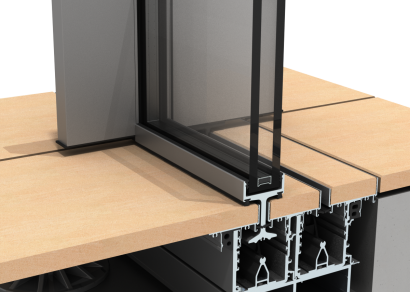

 Product News
Product News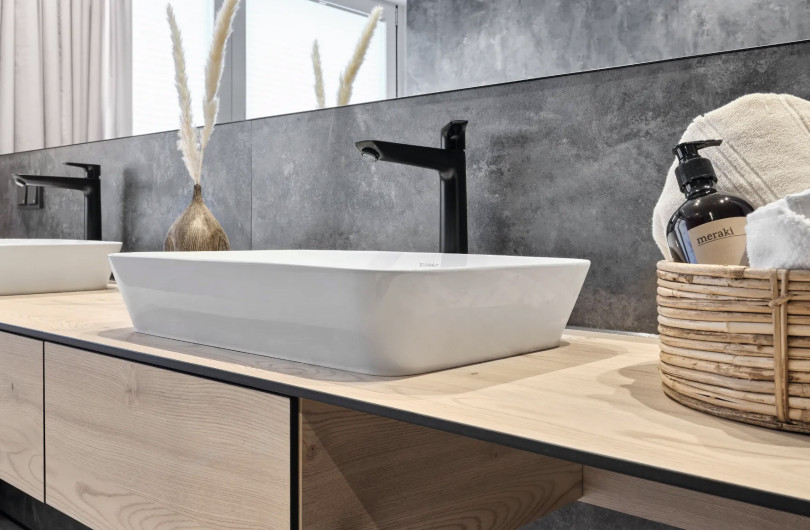
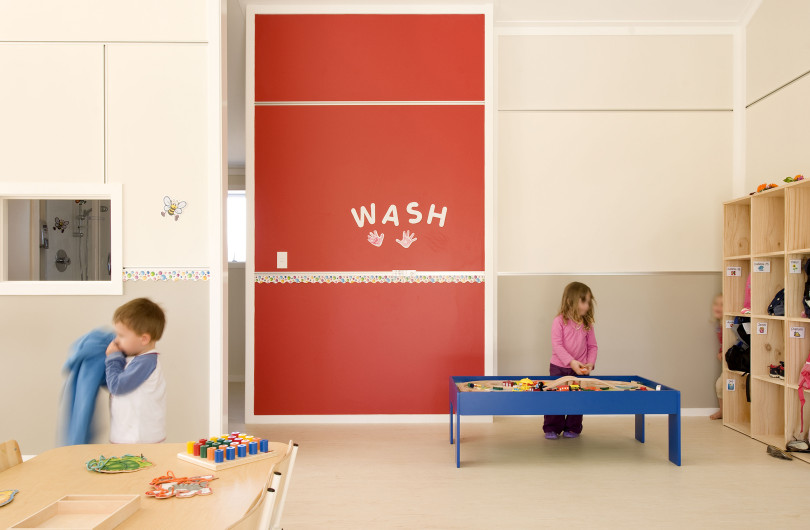




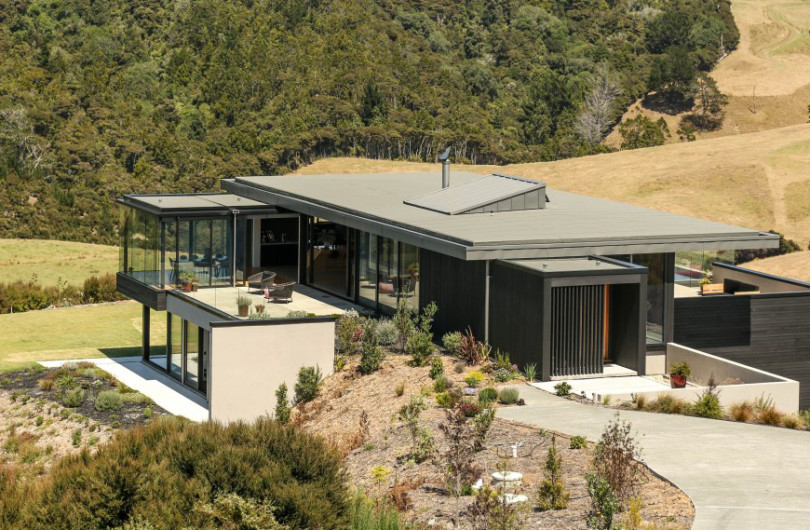


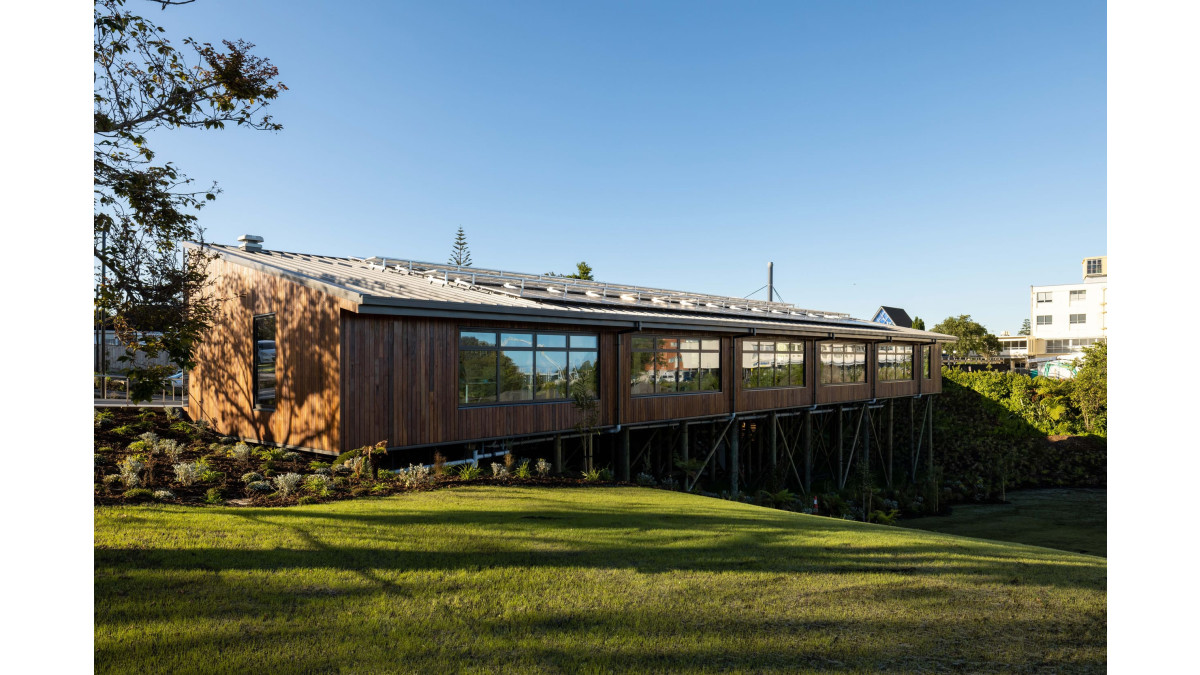
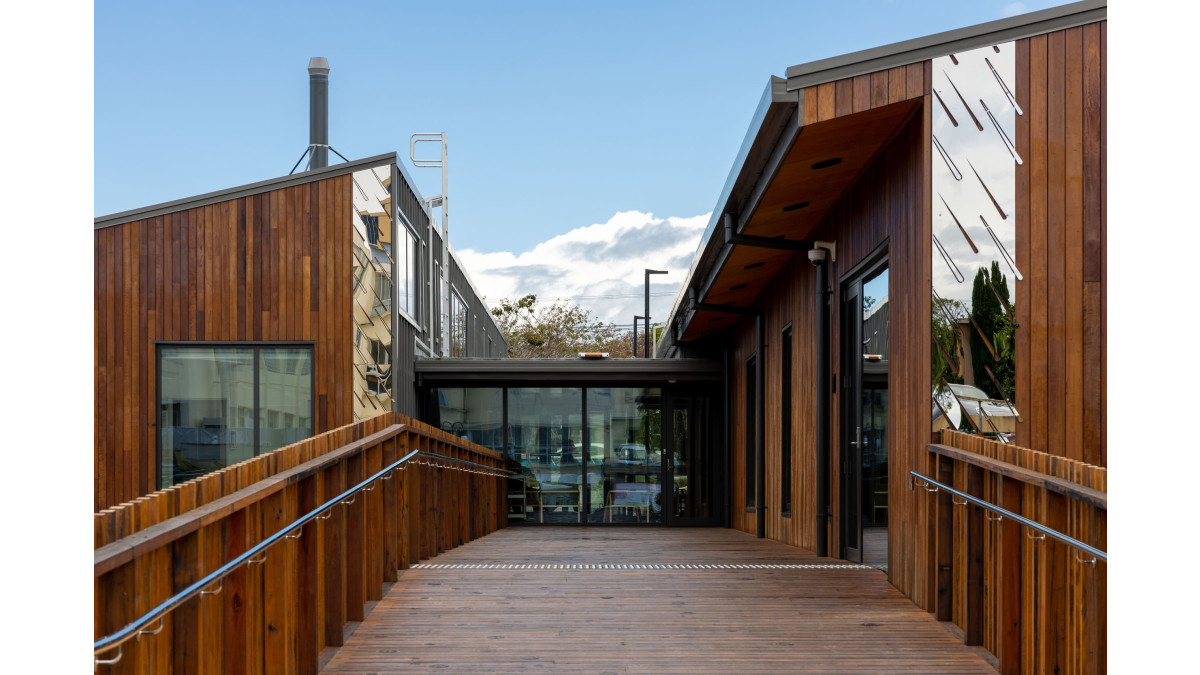
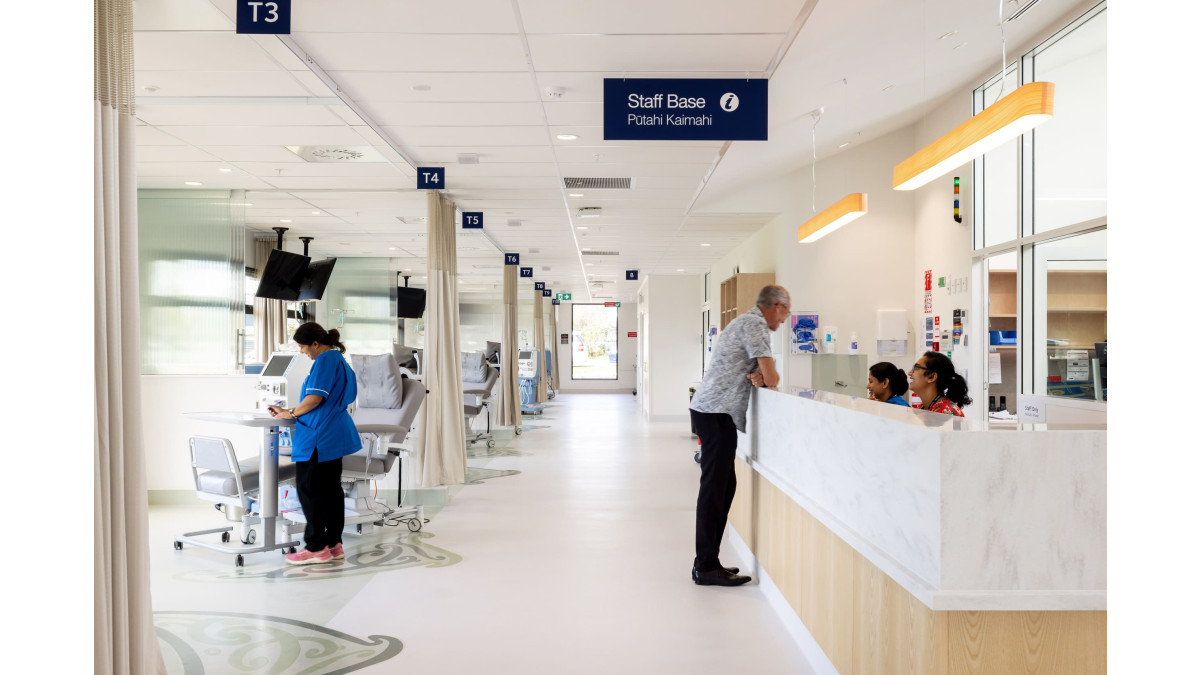


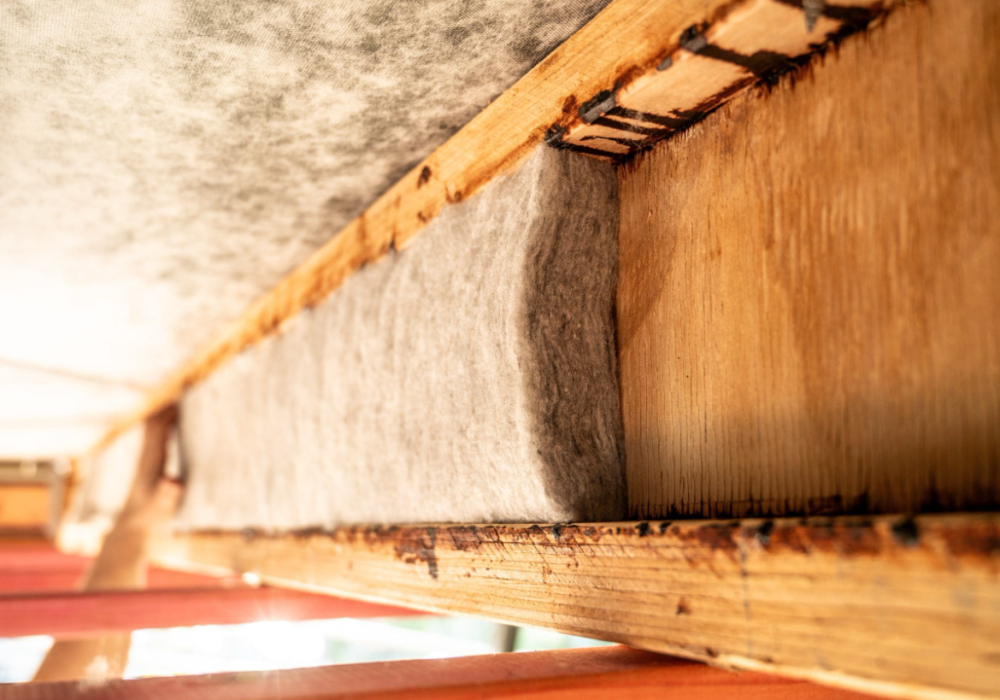
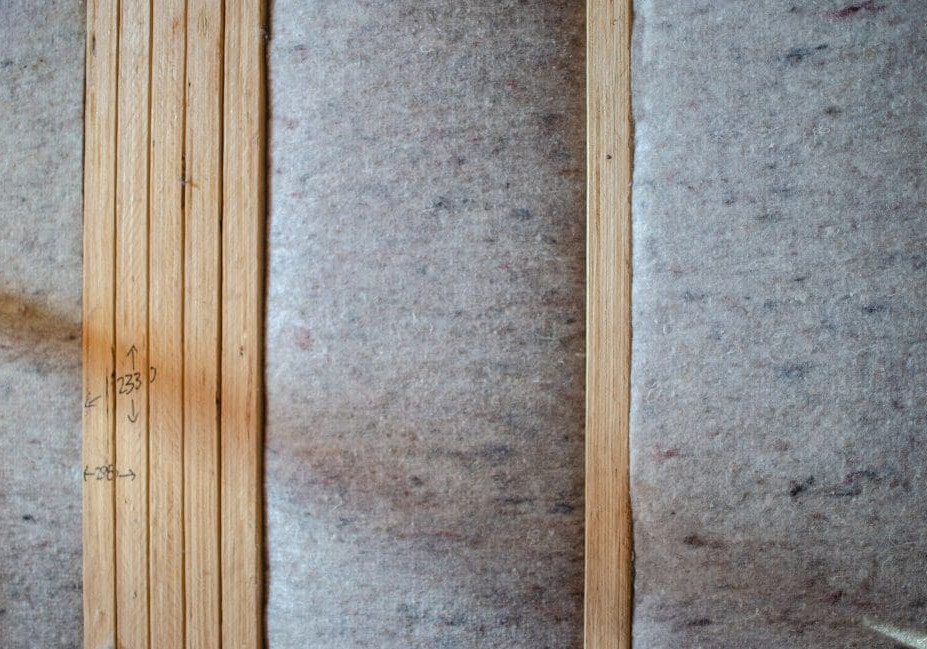
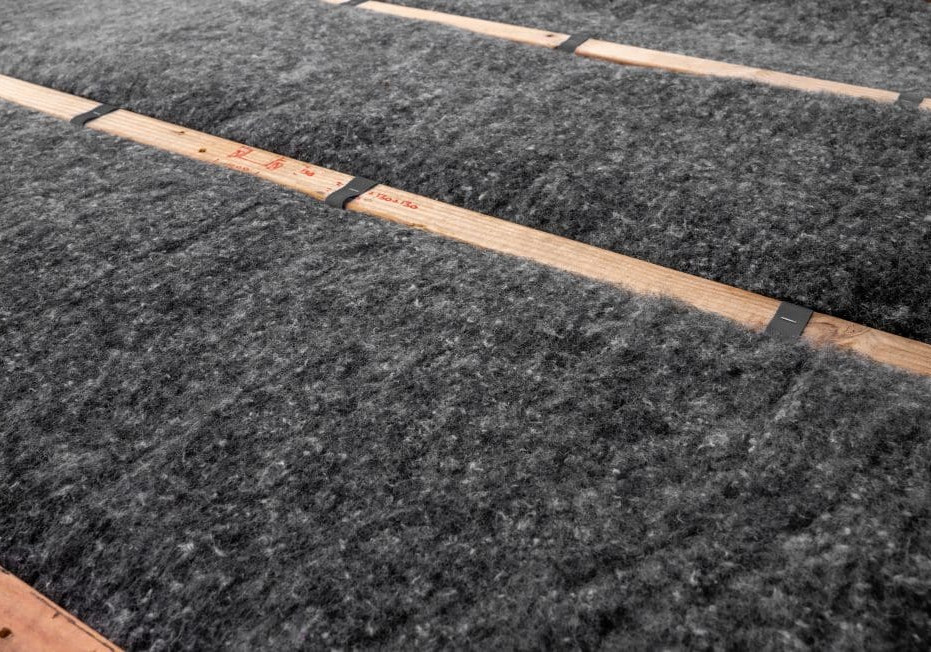

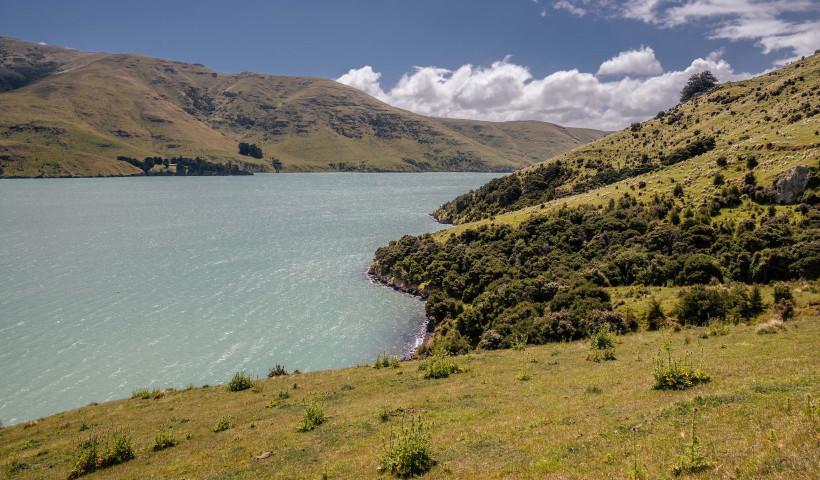
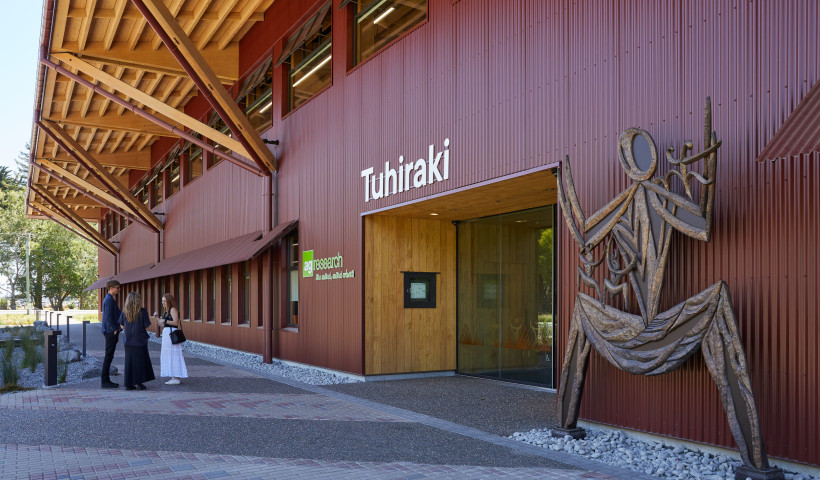
 Popular Products from Terra Lana
Popular Products from Terra Lana


 Most Popular
Most Popular


 Popular Blog Posts
Popular Blog Posts
